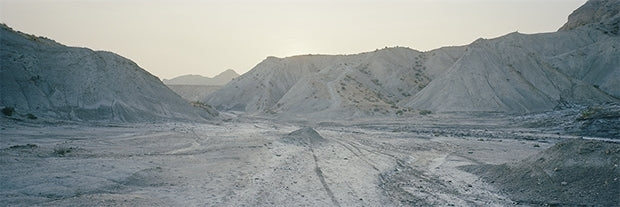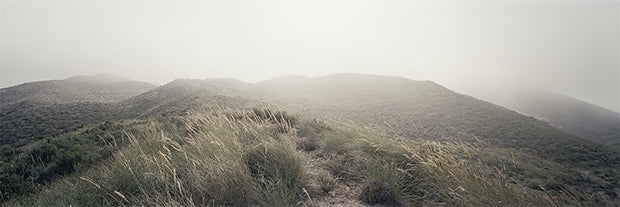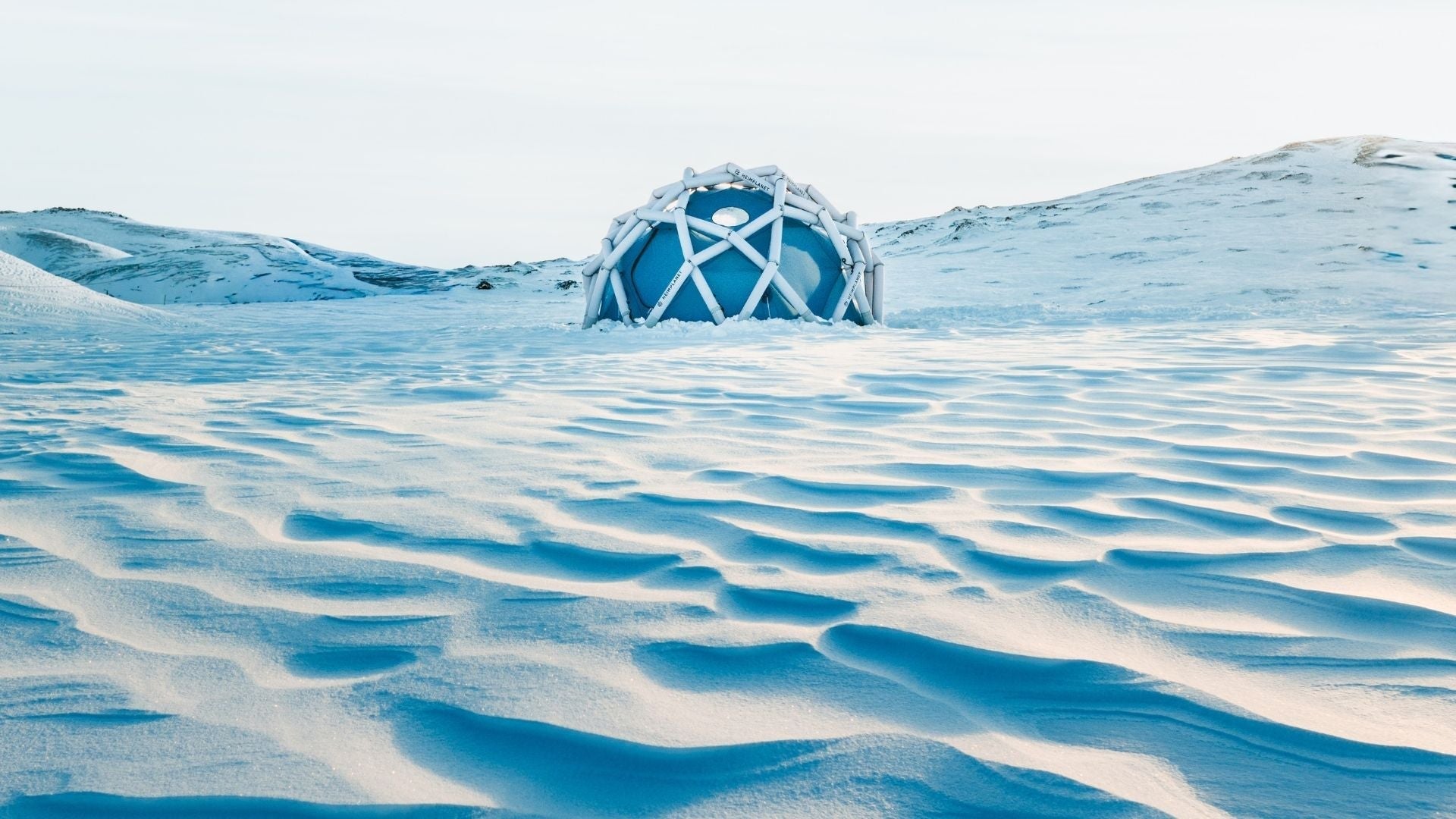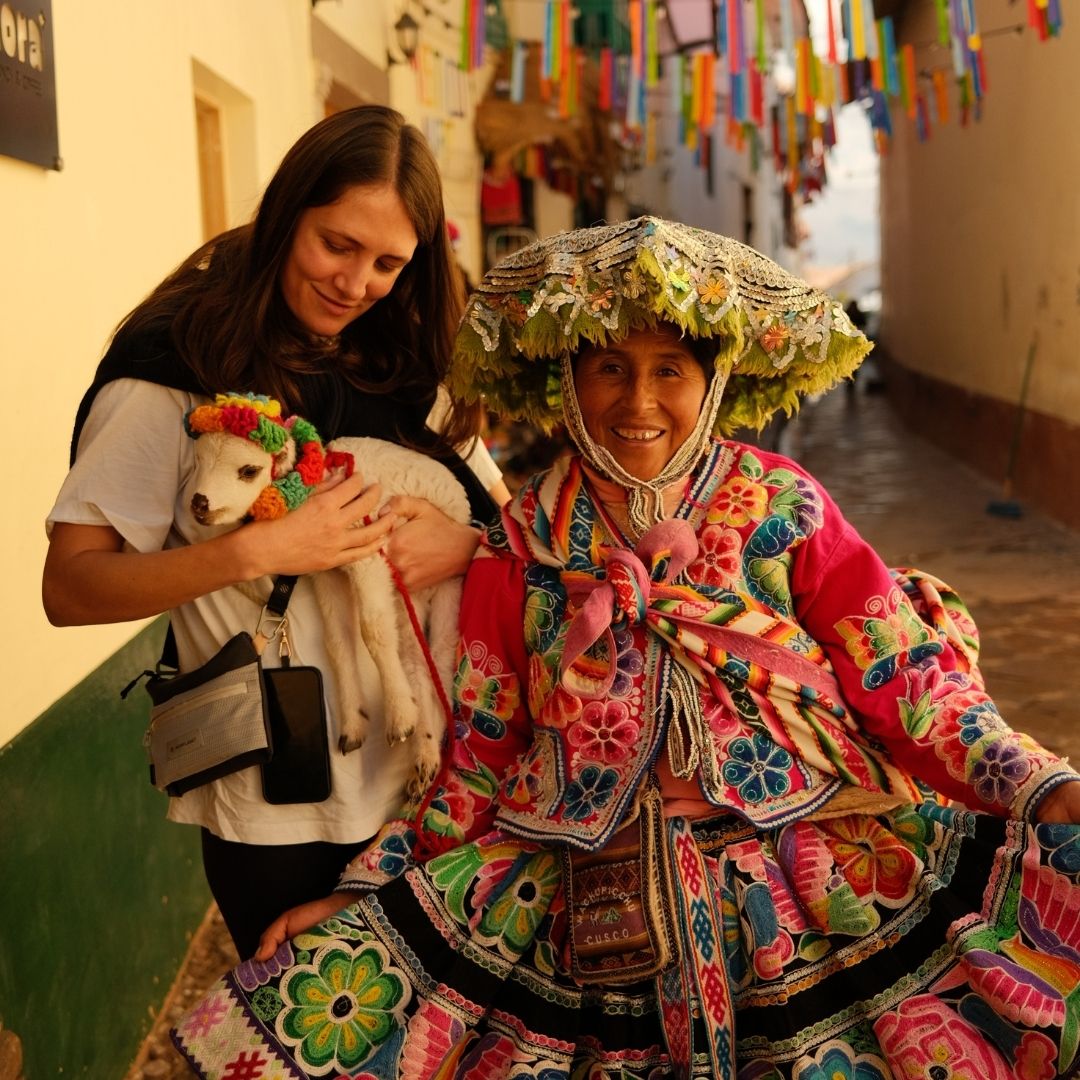WÜSTE VON TABERNAS
Die Wüste von Tabernas befindet sich im Süden Spaniens, 40 km nördlich von Almeria. Almeria ist bekannt für seine Gewächshäuser, die jede Saison ganz Europa mit Obst und Gemüse versorgen. Möglich wird dies durch die ungewöhnlichen klimatischen Bedingungen in der Region.

Es regnet selten und die Sonne scheint häufiger als an jedem anderen Ort in Europa. Dies ist auch einer der Gründe, warum das Desierto de Tabernas für etwas ganz anderes bekannt ist, auch wenn es den meisten Menschen nicht sofort auffällt.

Eine karge, felsige und staubige Ebene erstreckt sich über einen Gebirgszug, der von der feuchten mediterranen Luft abgeschnitten ist. Zerklüftet von Hügeln und Tälern, bewachsen mit Sträuchern und farblosem Gras, erinnert die 280 Quadratkilometer kleine Landschaft an die großen Wüsten Nordamerikas.

Deshalb entdeckten viele europäische Filmemacher der Sechzigerjahre das Desierto de Tabernas als ideale Kulisse für realistische Westernfilme, auch mit kleinem Budget. Vor allem Sergio Leone war es, der den aufkommenden italienischen Western-Hype förderte und seine berühmtesten Werke in der Gegend um die Provinzstadt Tabernas drehte. Für meine Bachelorarbeit, mit der ich mein Studium in Fotodesign in München abgeschlossen habe, suchte ich ein ungewöhnliches Thema, einen ungewöhnlichen Ort.
Besonders beeindruckend war für mich die Wüste. Die Farbwelten, sowie die light Stimmungen haben mich schon lange fasziniert und meine Diplomarbeit schien mir die perfekte Gelegenheit zu sein, endlich in einer Wüste zu arbeiten. Aber in welcher Wüste und zu welchem Thema? Sicherlich gibt es viele Wüsten auf der Welt, aber ein Werk, das nur auf Landschaften basiert, war für mich nicht zufriedenstellend. Nein, es musste mehr sein. Also machte ich mich auf die Suche, durchsuchte das Internet und googelte Wüsten, Wüsten, Wüsten...


Meine Arbeit bezieht sich ständig auf unfertige, verfallene oder verlassene Strukturen: Skidörfer, die nach der Schneeschmelze wie Geisterstädte verlassen sind und auf den nächsten Winter und die Tausenden von Skifahrern warten, die sie wieder zum Leben erwecken. Oder die Formel-1-Rennstrecke in Singapur, die einmal im Jahr eine ganze Stadt verändert, indem sie den Verkehr, den öffentlichen Nahverkehr und ganze Stadtteile von ihrer täglichen Routine abhält.
Meine Diplomarbeit sollte in eine ähnliche Richtung von verlassenen Strukturen und baufälligen Gebäuden gehen. Zufällig hatte ich bei einem Gespräch mit einem Bekannten von der Gegend in Südspanien erfahren. Eine Wüste! Er erzählte mir, wie er und ein paar Freunde mit einem alten Ford Escord 2400 km nach Tabernas gefahren waren, um dort wandern zu gehen. Das war vor zwanzig Jahren. Mitten in der Wüste, in einem kleinen Tal, entdeckten sie ein metallisch glänzendes, seltsames Objekt.
Es sah aus wie ein UFO. Neugierig untersuchten sie, was sie entdeckt hatten. Es stellte sich heraus, dass es eine Konstruktion aus Pappe, Holz und glänzender Folie war. Eine Filmkulisse. Für einen Science-Fiction-Film. Aber die Filmcrew war nicht mehr aufzufinden, und der schlechte Zustand des "UFOs" ließ vermuten, dass sie schon lange nicht mehr dort gewesen waren. Die Geschichte machte mich neugierig. Eine alte und verlassene Filmkulisse inmitten einer staubigen, kargen und verlassenen Umgebung.
Ich recherchierte weiter: Seit den 60er Jahren hat sich die Desierto de Tabernas von einer unscheinbaren, trockenen und ungenutzten Wüste zu einer belebten Filmkulisse entwickelt. Vor allem für Westernfilme waren die Bedingungen ideal. In den frühen sechziger Jahren prägte Sergio Leone ein völlig neues Genre: den "Spaghetti-Western" oder "italienischen Western". Leone war beeindruckt von den amerikanischen Filmen, die bis dahin den Filmmarkt dominierten, und er war überzeugt, dass europäische Westernproduktionen ebenso erfolgreich sein könnten.
"Per and Pugno di dollars" ("Für eine Handvoll Dollar") aus dem Jahr 1964 war sein erster Versuch in diesem Genre. Das Budget war jedoch knapp bemessen, und es reichte nicht aus, um große Schauspieler wie Henry Fonda und James Coburn zu engagieren. Stattdessen wurde die Rolle an den noch unbekannten Fernsehschauspieler Clint Eastwood vergeben. Und das Filmset musste aus finanziellen Gründen in Europa bleiben. "Für eine Handvoll Dollar" wurde daher größtenteils in der Wüste von Tabernas gedreht, ähnlich den typischen Westernlandschaften Nordamerikas, und trotz der zweifelnden Kritiker, die den Film entweder gar nicht beachteten oder ihn verrissen, wurde "Für eine Handvoll Dollar" ein sensationeller Erfolg.
Clint Eastwood wurde über Nacht zum internationalen Filmstar und "Für eine Handvoll Dollar" prägte eine ganze Filmgeneration. Mit ihrem finanziellen Erfolg und den relativ günstigen Produktionskosten sorgte die "Dollar-Trilogie" für eine Überschwemmung des Marktes mit Spaghetti-Western. In den späten Sechzigern war die Wüste ein heißes Pflaster, und überall wurde gedreht. Wilde Schießereien, Stunts, Cowboys auf Pferden auf der Suche nach Schätzen und Banditen auf der Suche nach Rache - sie alle durchstreiften die Wüste.

Aber alle Filme brauchten neben den großartigen Landschaften auch Kulissen, die noch nicht vorhanden waren. Im Gegensatz zu einigen Wüsten in Amerika gab es in der Wüste keine Dörfer oder Gebäude, die in das Bild eines Westernfilms passten. Überall in der Desierto de Tabernas tauchten wie aus dem Nichts ganze Westerndörfer auf, die für die Filmproduktion eigens gebaut werden mussten. Während der Dreharbeiten waren die Kulissen wackelig und zerbrechlich, um die Produktionskosten niedrig zu halten, da sie nur eine bestimmte Produktionsdauer überstehen mussten. Es gab Saloons, Banken, Festungen und Dörfer, die notdürftig aus Holzrahmen, Matten, Gips und etwas Farbe gebaut waren.
Zeitweise gab es bis zu 14 Dörfer und Dutzende von einzelnen kleinen Filmsets in der Wüste. Nach den Dreharbeiten interessierte sich niemand mehr für die Bauten. Sie konnten nicht als normale Häuser, Lager oder Scheunen genutzt werden, und es gab auch keine Leute, die dafür Verwendung gehabt hätten. Und da es für ein Naturkonservatorium noch zu früh war (das Gebiet wurde erst 1989 zum Naturschutzgebiet), blieben alle Kulissen in der Wüste, nachdem die Filmteams abgezogen waren.
Viele Regisseure nutzten die bereits vorhandenen Kulissen, die von früheren Produktionen übrig geblieben waren, mit nur teilweise minimalen Änderungen (neue Farbe, neue Requisiten) für ihre eigenen Produktionen. Daher wurden viele Filme mit genau denselben Kulissen gedreht. Doch die lange Zeit verlassenen Kulissen zerfielen aufgrund der Witterungsbedingungen in der Wüste schnell. Der ständige starke Wind und die teilweise starken Regenfälle im Winter zerstörten die Strukturen nach einigen Jahren vollständig.
Viele sind heute kaum wiederzuerkennen. Wegen der vielen Filme, die dort gedreht wurden, strömten kleinere Produktionen, Schausteller, Stuntmen und andere Schauspieler in die Wüste, in der Hoffnung auf eine Rolle in einem Film. In der Blütezeit der Filmindustrie im Desierto de Tabernas bekamen viele von ihnen kleine Rollen als Statisten in einem Film oder arbeiteten in verschiedenen Bereichen der Filmproduktion. Doch der Hype um die Wüste, der mit Sergio Leones "Es war einmal im Westen" seinen Höhepunkt erreichte, war bald vorbei. Nach fast zwei Jahrzehnten wurde die Wüste wieder unfruchtbar, da die Filmcrews zusammen mit dem Geld und den Arbeitsplätzen verschwanden.
Übrig geblieben ist nur eine Handvoll Statisten, die bis heute versuchen, den Mythos Western neu zu beleben. Sie arbeiten an den drei verbliebenen Filmsets, die in Themenparks umgewandelt wurden: Texas Hollywood, Western Leone und Oasys. Sie veranstalten Stuntshows, fahren die Gäste in Kutschen durch die staubige Wüste oder posieren mit Kindern für Fotos. Man merkt schnell, dass die goldenen Zeiten des Wilden Westens in Tabernas längst vorbei sind. Die Stuntshows wirken oberflächlich und improvisiert, und selbst die Kulissen, die noch benutzt werden, scheinen langsam zu verfallen.

Was bleibt, ist eine melancholische Stimmung, die sich über das gesamte Desierto de Tabernas legt. Eine Stimmung, der sich wohl nur eingefleischte Fans von Clint Eastwood und Sergio Leone entziehen können, wenn sie sich einer nostalgischen Wanderung durch die Wüste hingeben. Die berühmte Melodie von Ennio Morricone ging mir nicht mehr aus dem Kopf.
Im April 2013 verbrachte ich drei Wochen im Desierto de Tabernas. Ich habe so viel wie möglich erkundet und mit Touristen und Cowboys, Arbeitern und Reisenden gesprochen. Ich benutzte eine analoge Mittelformatkamera von Linhof; eine großartige Kamera, die mir viel Aufmerksamkeit einbrachte und für eine beeindruckende Bildqualität sorgte. Da die Wüste nur 30 km vom Mittelmeer entfernt ist, beschloss ich, die Nächte dort zu verbringen.
An der Küste um Almeria gibt es viele sehr kleine und gemütliche Campingplätze für wenig Geld, die noch nicht zu Vergnügungsparks oder Luxusresorts umfunktioniert worden sind, wie es in Italien oft der Fall ist. Dennoch bieten sie viel mehr Komfort als die karge, trockene Wüste, in der das Campen streng verboten ist, da das Gebiet zum Naturschutzgebiet erklärt wurde. Die Campingplätze direkt am Meer waren für mich die bessere Wahl.
Meistens blieb ich nur ein paar Tage an einem Ort, bevor ich zu einem neuen weiterzog. Frühmorgens ging ich in die Wüste, wanderte umher und machte Fotos. Während der langen Mittagszeit, wenn die Sonne viel zu hell und grell für Fotos ist, fuhr ich mit dem Auto herum und suchte nach neuen Motiven, einer anderen Filmszene oder interessanten Aussichtspunkten. Am Nachmittag fotografierte ich wieder bis spät in den Abend, und als es zu dunkel wurde, kehrte ich zum Campingplatz zurück.
Nach drei Wochen und mehr als 100 belichteten Filmen packte ich meine Sachen und zog weiter in den Süden. Ich blieb noch drei Tage in der Gegend um Gibraltar und Tarifa, bevor ich nach Deutschland zurückkehrte, um meine Fotos zu entwickeln und zu scannen und meine Dissertation erfolgreich abzuschließen.








